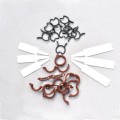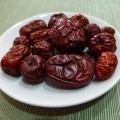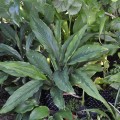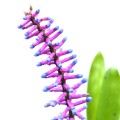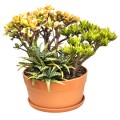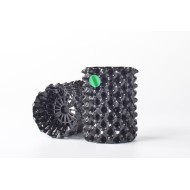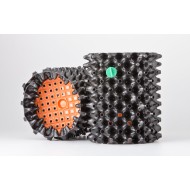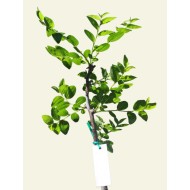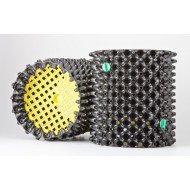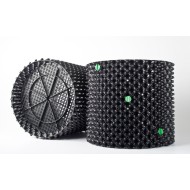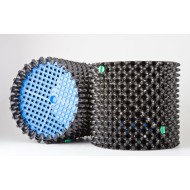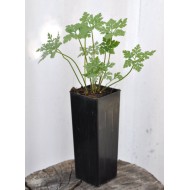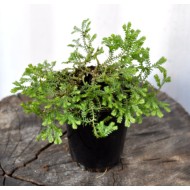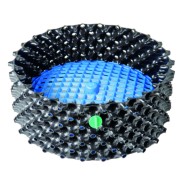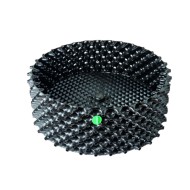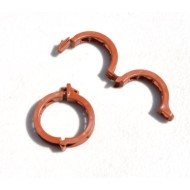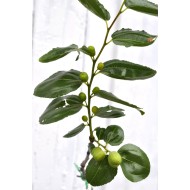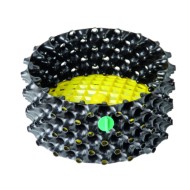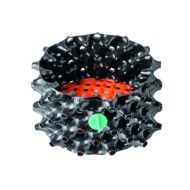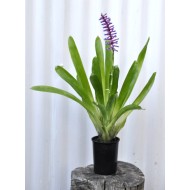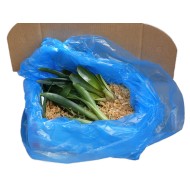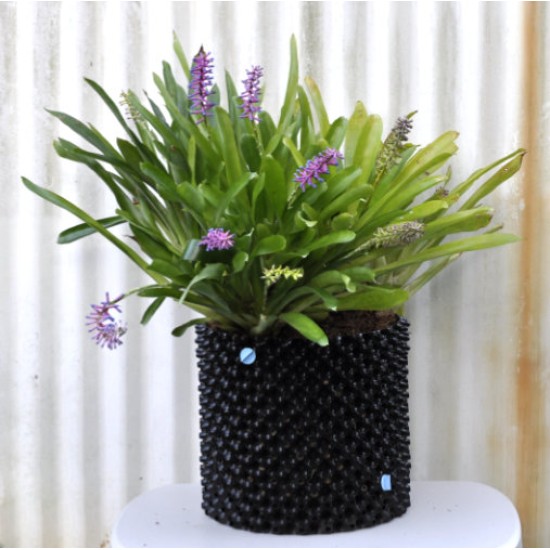
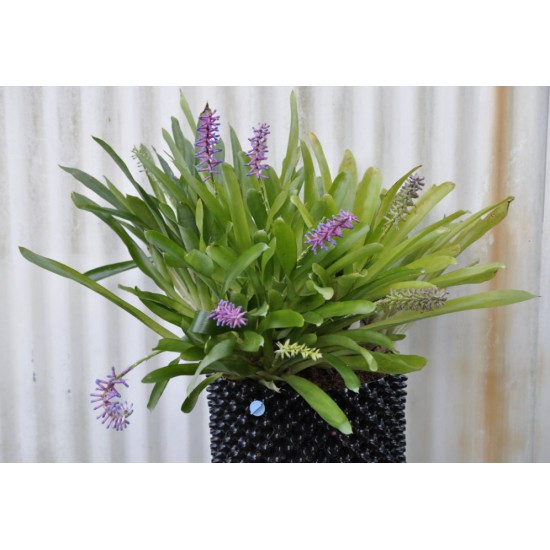
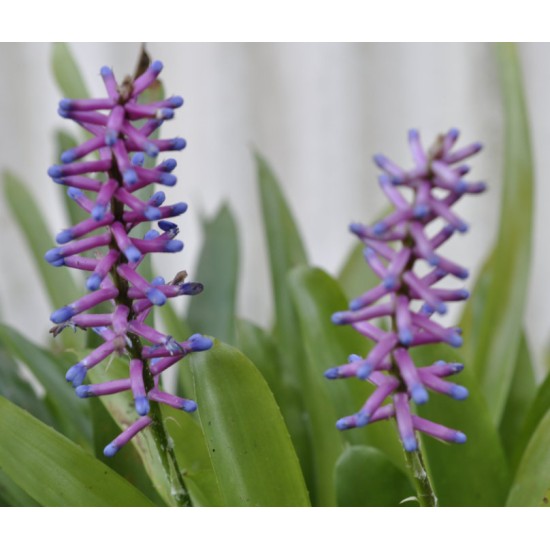
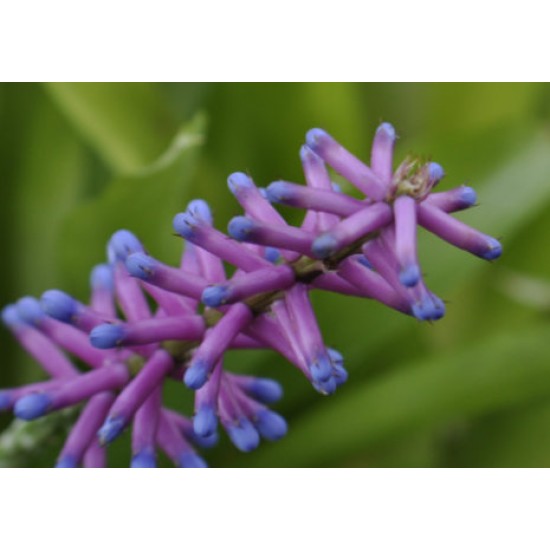




- Stock: In Stock
- Model: matchstick-bromeliad-20L-Air-Pot
Family: Bromeliaceae (the bromeliad family)
Genus: Aechmea (includes silver vase [urn plant])
Botanical/Binomial Name: Aechmea gamosepala
Meaning of Name:
Aechmea, from Ancient Greek αἰχμή (aikhmḗ, ‘spearhead’, ‘arrowhead’) inflorescence like a spear; and
gamosepala, from Italian gamosepala (feminine singular of gamosepalo, ‘having united sepals’)
Common Name: Matchstick Bromeliad
Botanical Characteristics: Herbaceous | Perennial | Epiphytic| Frost tender to tolerant
Propagation: Division of stolons with roots and attached ‘pups’
Item Description:
PICK-UP ONLY
This is multiple plants in a 20 L Air-Pot®.
The bromeliads are about 300 mm tall.
Dimensions of the 20 L Air-Pot®:
Inside diameter: 319 mm
Outside diameter: 355 mm
Height: 315 mm
The top three rows of cones are closed and act as a water reservoir.
Plant Description:
This plant is called the ‘matchstick bromeliad’ because of the funky psychedelic-coloured ‘matchsticks’ along the flower spike. (The blue bits are the actual flowers.)
As matchstick bromeliads propagate via pups on stolons (runners), some space has been deliberately left on the side of the pot not visible in photo, for these to spread into and fill the pot out more over time.
Growing Information:
The matchstick bromeliad is an epiphytic plant, meaning that in the wild it would normally grow on another plant (without harming it in any way), and thus the roots are designed to attach to a surface rather than to uptake nutrients. They can still grow in pots so long as the medium is free-draining and their leaf ‘cups’ are always filled with water. (This is where the Air-Pot® excels with its superior aeration.)
These plants do not like direct sun and prefer part- to full-shade. They are best fertilised with an occasional liquid fertiliser to mimic how epiphytes normally derive nutrients, which is from rotting leaf and other matter collected in the leaves.
The vivid and striking flower spikes emerge over winter and are very long-lasting. They can even be cut for vase flowers.
This is a very easy plant to look after — place this container under a tall, shady tree where both the Air-Pot® and bromeliads will be a visual highlight, and where the plants will thrive on rainwater and leaf debris caught by their leaves.
The matchstick bromeliad suckers readily via stolons (runners). Pieces with both roots and the young sucker plant called a ‘pup’ can easily be removed with a knife for transplanting elsewhere, whether a pot or in the ground, where they will continue to clump with time.
Local pick-up is welcome — we’re in Gwynneville, near Wollongong University.
Pick-up is by mutual arrangement please, as we don’t have a shopfront.
Having said that, we are always here and more often than not can easily fit in with whichever day and time suits you best!
Feel free to suggest preferred pick-up time(s) in the comments box during checkout and we’ll reply as soon as we see the notification.
Especial Note Regarding Large Air-Pot® Orders
Depending on the order, we may suggest that large Air-Pot® orders are best sent directly to you from the warehouse.
Especial Note Regarding Jujube Trees
When posting out bare-rooted jujube trees, we routinely trim them to fit the box and keep postage costs to a minimum. These trees are typically knee-high when planted out, though some may be smaller.
This of course doesn’t apply for pick-ups, and in fact we will set aside the tallest trees specifically for this purpose. These trees can often be hip-high, and sometimes taller again.
Please note that this is not a guarantee, as heights of different cultivars can differ from year to year.

